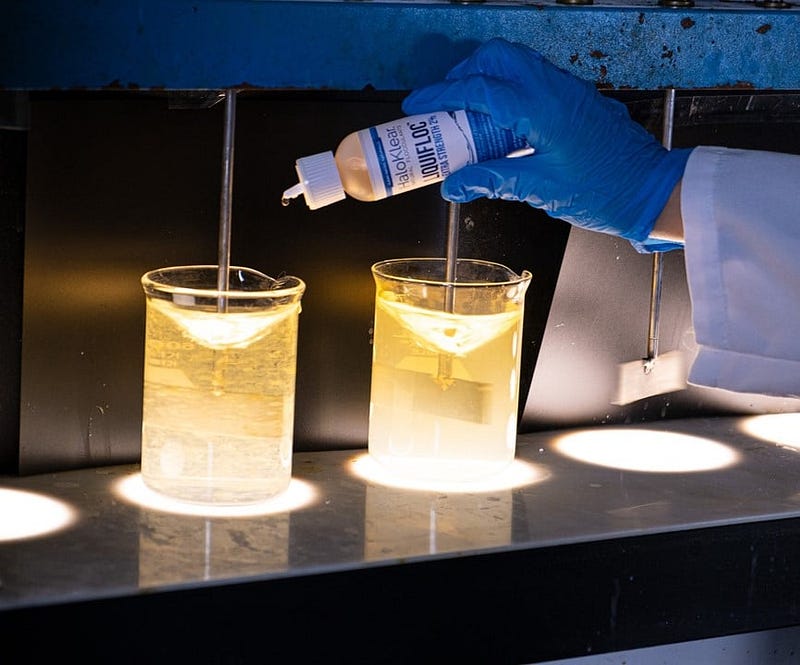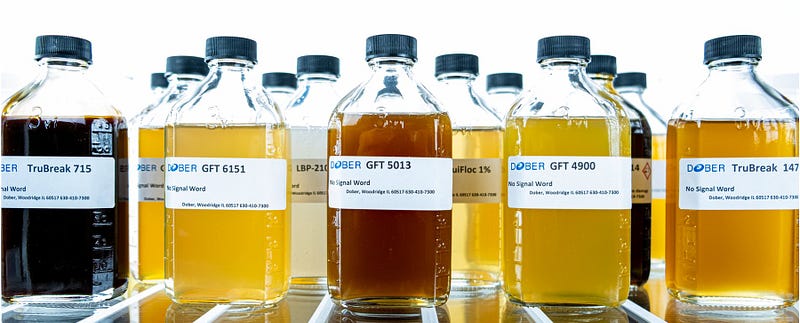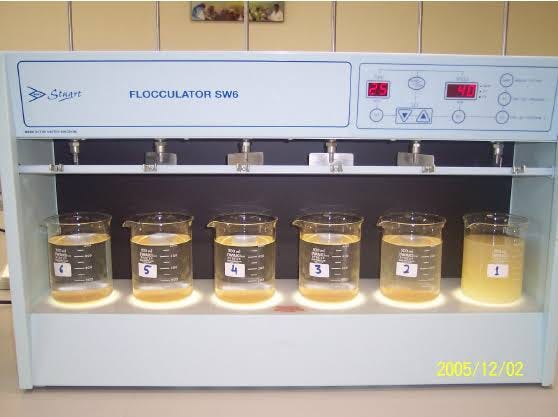Revolutionizing Water Treatment: The Jar Test's Impact
Written on
Chapter 1: The Jar Test Unveiled
The jar test, also referred to as dosage determination, is a crucial experiment aimed at identifying the ideal dosage of chemical coagulants necessary for large-scale wastewater treatment. This process is essential for achieving various water treatment objectives, including turbidity removal, pathogen elimination, and ensuring that water is safe for human consumption.
My personal journey into this field began during my industrial training at a Water Treatment Plant in 2022, a requirement set by my University. While I encountered numerous experiments like microbial plate counts and chlorine supplementation tests, it was the jar test that truly emerged as the unsung hero of public health in clean water provision.
Consider the potential impact if households implemented their own water treatment and wastewater management systems using this test. The possibility of saving millions of lives becomes very real.
"The knowledge I gained from the jar test helped my family and community avoid water contamination in late 2022, right after my training. That’s a story for another time."
Understanding the Purpose
Each water treatment process has distinct objectives. The primary goal is to ascertain the precise amount of chemical coagulants and flocculants required to eliminate impurities from the water.

Photo from Dopper.com
Essential Testing Equipment
- Flocculator: A device with six paddles designed to stir six beakers at a speed of 30-120 revolutions per minute (rpm) for 25 minutes.
- Sample bottles
- Six 1000ml glass beakers
- Graduated cylinders
- Syringes or pipettes
- pH meter or pH paper
- Chemical coagulants
- Water samples
- Timer
- Common coagulants: Lime (calcium hydroxide), Alum (aluminum sulfate), Iron salts (ferric and ferrous).
- Common flocculants: Chitosan, Ferric chloride, Aluminum polychloride, Aluminosilicate, Polyaluminium.
Conducting the Jar Test
After grasping the aims and objectives of treatment, the following steps are taken:
- Thoroughly mix the wastewater sample.
- Collect representative samples in bottles from the bottom up to ensure a comprehensive water profile.
- Measure 500ml of the water sample into each test beaker using a graduated cylinder and place them in the flocculator, adjusting the speed between 20-120 rpm as needed.
- Use a syringe to introduce your chosen chemicals: 5ml into beaker 2, 10ml into beaker 3, 15ml into beaker 4, and so on, with beaker 1 serving as the control.
- If the water sample contains oil, an oil emulsifier may be necessary for acid cracking.
- Measure the pH of the samples, continuing to add the required chemicals until the optimal pH is achieved.

Photo from Dopper.com
Chemical Selection
Adjusting pH is vital; caustic soda raises it while sulfuric acid decreases it. The choice of coagulants plays a significant role in destabilizing the charges in the water, initiating the formation of microflocs (small solid clumps) that eventually settle at the bottom of the beaker.
Flocculants, which are denser due to their longer polymer chains, promote the formation of macroflocs (larger solid clumps) that settle more quickly, resulting in clearer supernatant water.

Photo from Researchgate.com
Observation and Conclusions
To assess whether the settled water meets treatment goals, filtration and turbidity measurements can be used for clarity verification. If the desired clarity and floc formation are not achieved, additional chemicals may be necessary. Place the beaker back in the flocculator and repeat the process as needed until the desired treatment outcome is reached.

Photo from Filtration Solutions Inc.
The beaker that settles the fastest with the clearest visibility is often deemed the best result, though this ultimately depends on specific treatment goals. Some may prefer completely clear water, while others might find semi-clear water acceptable.
Note:
When applying these principles to larger water treatment systems, other factors should be considered, such as setting time, the amount of solids, floc dewatering, and overall treatment efficacy. The jar test provides precise measurements for chemical dosages and a deeper understanding of the chemical properties of flocs in terms of their coagulation and settlement.
For further reading on jar testing chemical dosage calculations (using the best beaker results) for larger-scale water treatment systems, check out Michigan University's resources.
Chapter 2: Life-Saving Innovations in Water Treatment
This video titled "How to save 51 billion lives for 68 cents with simple Engineering" explores the transformative power of engineering solutions in saving lives through improved water treatment methods.
In this video, "How To Save Money on Lab Tests | JasonHealth.com," viewers will learn practical strategies to reduce costs associated with lab testing, emphasizing the importance of effective water treatment and health.